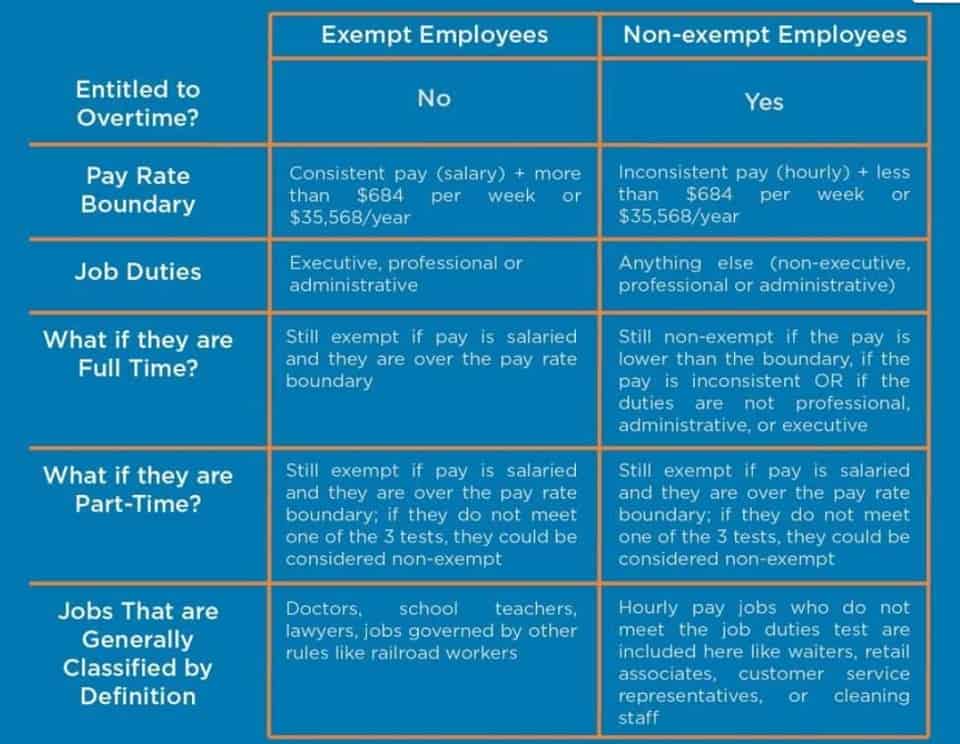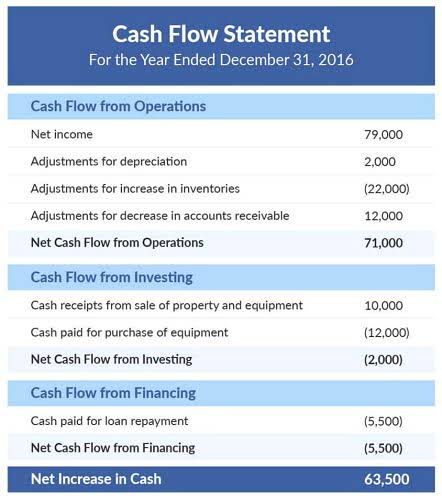
Conversely, intact ecosystems explained 52% of the variability of Snet in ORCHIDEE, whereas in the classical approach of bookkeeping and residual budget, SIntact accounted for nearly all of the variability of Snet. ELUC and SIntact following IPCC AR5 and ref. 14 had a positive covariance, but it is difficult to judge whether such a covariance is realistic or an artifact. If we ascribe half of this covariance to the contribution by ELUC, then managed land contributes to ~40% of the IAV of Snet. Recovering secondary forest showed a long-term increase in carbon sink since 1850, both by ORCHIDEE and HN2017 (flux Srecov in Fig. 4), which reflected its growing area (Supplementary Fig. 4). But Srecov by ORCHIDEE showed larger IAV, which contributed to the IAV of ELUC, and had a relationship to ENSO that was in the antiphase to Elegacy (Supplementary Fig. 8). Recent analysis based on a satellite-derived proxy of plant photosynthesis pointed out that young forests tend to be more sensitive to precipitation variability than mature forests because of their shallower root systems, confirming the role of secondary forests in modulating the IAV of the land carbon balance29.

Quantifying the impacts of land cover change on gross primary productivity globally

A part of the BLUE model simulations was executed on the Linux cluster hosted by the Leibniz-Rechenzentrum in Munich. Figure 5Cumulative net LULCC flux for the period 1850–2014 from REG1700 (a) as well as the difference HI1700 – REG1700 (b) and LO1700 – REG1700 (c). The dataset was remapped to the BLUE resolution of 0.25∘ through conservative https://www.bookstime.com/articles/what-is-a-w9 remapping (i.e., area-weighted averaging). A major advantage of our framework is that it can be extended flexibly to updated datasets and can constantly be improved with more observational datasets being made available. Both BLUE and HN2017 add emissions from peat burning (van der Werf et al., 2017) and drainage (Hooijer et al., 2010) in a post-processing step. For easier comparison of direct model output, we do not include these post-processing steps.
- Shifting cultivation mainly occurred in tropical regions (Supplementary Fig. 11), accounting for 2–4% of the total cropland area from 1500 to now.
- The first column gives the abbreviation of the experiment type described in the second column, and the last three columns provide reference simulations for the uncertainty analysis (more information in Fig. 3).
- For fuel wood harvest, the aboveground woody biomass carbon was assumed being emitted into the atmosphere during the same year as harvest occurred, whereas small branches and leaves were moved to litter pool.
- The methodology of using the highest percentiles in a moving window as a potential value in Erb et al. (2018) could overestimate biomass because it has a bias towards capturing the oldest rather than average forests in a cycle of natural disturbances.
- Learning about a group for the first time, one may update beliefs attached to the explicit group label (supervised learning), but further experience with that group may reveal a finer-grained differentiation of individuals that updates beliefs about latent groups or sub-groups (unsupervised learning).
Top 10 Types of Financial Models
Remaining sensitivities to LULCC uncertainties in future scenarios are due to harvest (Fig. S3) and decrease towards the end of the 21st century but do not reach zero in 2099. These uncertainties in harvest also explain why the remaining spread of net LULCC flux is larger in HI than LO, similar to the historical period. Land use in the baseline SSP4 scenario (SSP4-6.0) leads to a relatively steady decline of the net LULCC flux over the 21st century.
Large-scale ecosystem carbon stocks and their driving factors across Loess Plateau

Two herbaceous PFT cohorts represented permanent and post-1700 agricultural land, or intact and recovering grassland, respectively. The management fixed assets status of forest related to either disturbance history or recovery status. Before the start of the simulation, all forests were considered as intact in the baseline simulation (the uncertainty of this assumption was tested in the SC-sensitivity run). As a first approximation, we considered old-growth secondary forests as intact forests, when their wood mass exceeded 90% of the maximum attainable wood mass determined under preindustrial conditions. This roughly corresponded to a forest age of 70, 90, and 160 years for tropical, temperate, and boreal forests, respectively. Such age thresholds were consistent with the reported secondary forest ages that reached a similar status as intact forests from field investigations45.

The difference in global primary land area between the LUH2 dataset and BLUE is mostly below 5 %, for all simulations starting in 1850 it is less than 2 %, and only HI850 exhibits a deviation of 12 %. These neglected transitions on primary land can induce omissions of follow-on LULCC activities if the required land-use type is not available since transitions are only executed in BLUE if the “from” type is present. Because of this rule, it is also not possible that the area bookkeeping model fraction in a grid cell exceeds 100 % due to previously neglected transitions. The estimates of annual net LULCC flux estimates in 2099 (Table 4) indicate a reduction of sensitivity to LULCC uncertainties from ±0.15 PgC yr−1 to between ±0.07 and ±0.02 PgC yr−1, respectively, for SSP4-6.0 and SSP5-3.4OS. Note that with an accuracy of the net LULCC flux of 0.1 PgC yr−1, a difference in the future scenarios due to LULCC uncertainty only remains in SSP5-8.5.
- We first analyse the temporal evolution of regional FLUC for each simulation (Fig. 3).
- These explicit labels may provide constraints on the structure of stereotypes that get integrated with unsupervised structure learning, in a manner similar to models of “semi-supervised” learning (Gibson et al., 2013; Vong et al., 2016).
- Our analysis highlights the potential of using observational constraints for improving and reconciling model estimates, as multi-model uncertainties in ELUC estimates are reduced to a substantial degree by assimilating observation-based woody biomass carbon densities in a BKM.
- In particular, fewer latent groups place smaller demands on mental computation because they require the observer to marginalize over a smaller number of hypotheses.
- In the next section, we introduce a simple Bayesian model that formalizes the statistical function of stereotypes.
- In other words, counter-stereotypical targets get subtyped out of the group.Footnote 1 Subtyping occurs when counter-stereotypical individuals are sufficiently deviant that they can be classified as outliers; by “deviant” we mean distance from the mode of the trait distribution.
- Finally, it should be noted that the two alternative LULCC scenarios (low and high land-use scenarios) produce relatively smaller or larger estimates of the net LULCC flux than the LUH2 baseline scenario depending on the time period considered.
- Please refer to Supplementary Table 1 for details in association with various ELUC flux components.
- To learn more about each of the types of financial models and to perform detailed financial analysis, we have laid out detailed descriptions with relevant screenshots below.
- Another difference that can influence results comparing bookkeeping models and DGVMs is that the former approach uses constant (present-day) carbon densities, while DGVMs work with variable carbon densities which respond to environmental conditions.
As differences of primary land area in 2014 between the LUH2 dataset and the BLUE experiments are otherwise uniform across LULCC scenario experiments, the qualitative properties of the results will be valid also if accurately using the whole dataset. Our baseline scenario (REG1700) exhibits a cumulative net LULCC flux of 242 PgC for the period 1850–2014. The sensitivity range due to LULCC uncertainty and starting year is about 22 % for comparable setups. In the nine main experiments, the cumulative net LULCC flux is at least 201 PgC (HI850) and at most 264 PgC (LO1850). The relative change due to neglecting gross transitions is similar across LULCC setups, and for REG1700net the cumulative net LULCC flux is reduced to 211 PgC. Wood harvest causes the largest sensitivity in the cumulative net LULCC flux (the flux in REG1700NoH is 175 PgC).
